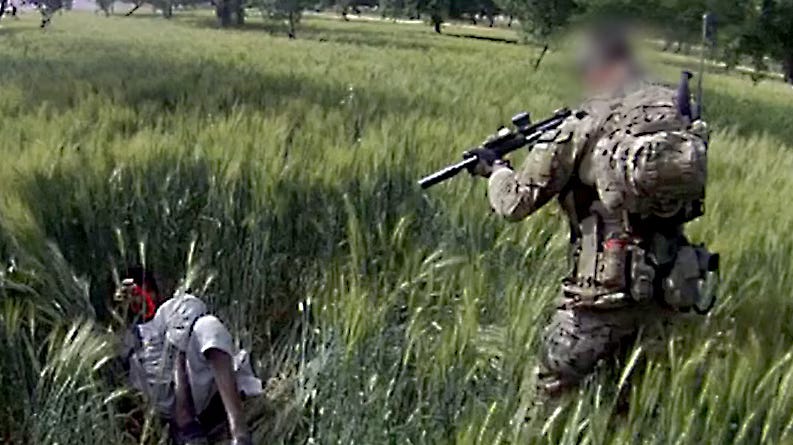The Throwdown: How Special Operators Cover Up Murder
Across two decades of war, elite troops concealed unlawful killings behind “throwdowns” and silence, a practice America’s allies have now investigated, but Washington refuses to face.

When Green Berets left the wire during the war in Afghanistan, some carried a second weapon—not to use in battle, but to stage one afterward.
The AK-47s and other Kalashnikov-style weapons they brought with them were “throwdowns,” props dropped beside the bodies of unarmed civilians to avoid questions after a killing. Within elite units like the Green Berets, the “throwdown” became part of a quiet culture of silence and deceit, stagecraft that turned a killing into a story the command would accept.
The use of “throwdowns” by Green Berets was revealed in “America’s Vigilantes,” a five-part investigation published this week in The New York Times Magazine into war crimes in Afghanistan committed by U.S. Army Special Forces. The grim, four-year investigation by Pulitzer Prize-winning journalist Matthieu Aikins found that Green Berets had other methods of co…
Keep reading with a 7-day free trial
Subscribe to The After-Action Report to keep reading this post and get 7 days of free access to the full post archives.

